Description
Three different awesome offerings from one of our favorite farms, Selva Negra’s La Hammonia
You will get 1 pound each of:
Nicaraguan RFA Selva Negra – La Hammonia – Washed Processed – Icatu Reserve
Nicaraguan SHG RFA Selva Negra – La Hammonia – Washed Yeast Processed
Nicaraguan RFA Selva Negra – La Hammonia – Natural Processed Yellow Catuai
One of the worlds most sustainable farms! A wonderful direct relationship coffee. Nicaraguan Selva Negra coffee is cultivated in the most ecologically sustainable and socially responsible way possible. Learn more by reading our Selva Negra Grower Profile.
Selva Negra’s history is in many ways the history of the coffee in Nicaragua altogether. In the 1880’s the Nicaraguan government invited young German immigrants to come and settle in Nicaragua in order to promote coffee growing in the northern highlands. Many accepted the offer, thus forming the main coffee plantations of the country; some estates bear names of their motherlands. Selva Negra means Black Forest, and the coffee estate is called La Hammonia, Latin for Hamburg. Located approximately 4,000 ft. above sea level, La Hammonia has been producing fine old style Arabica coffee for over 100 years. Eddy Kühl & Mausi Kühl-Hayn, the farm’s proprietors are descendants of two of these original German immigrants – Alberto Vogl and Klaus KÜhl.
Selva Negra Estate Coffee is grown at a high altitude in a shaded environment. This allows the bean to have a slow development cycle which instills an intense and fulfilling flavor to each bean. The coffee is not only 100% Arabica, but more importantly it is mostly Bourbon and Typica strains (which produce higher quality beans than other varieties of coffee trees). The region of Matagalpa, Nicaragua is mountainous with excellent volcanic soil producing exceptional beans. Finally, the coffee is prepared using an environmentally friendly washing process, which gives the coffee still one more unique quality enhancing aspect.
Selva Negra means Black Forest – beyond the coffee trees below you can see why.

A great example of a good looking production tree and how the fruit ripens at different times – this is what makes hand picking so necessary for good coffee.
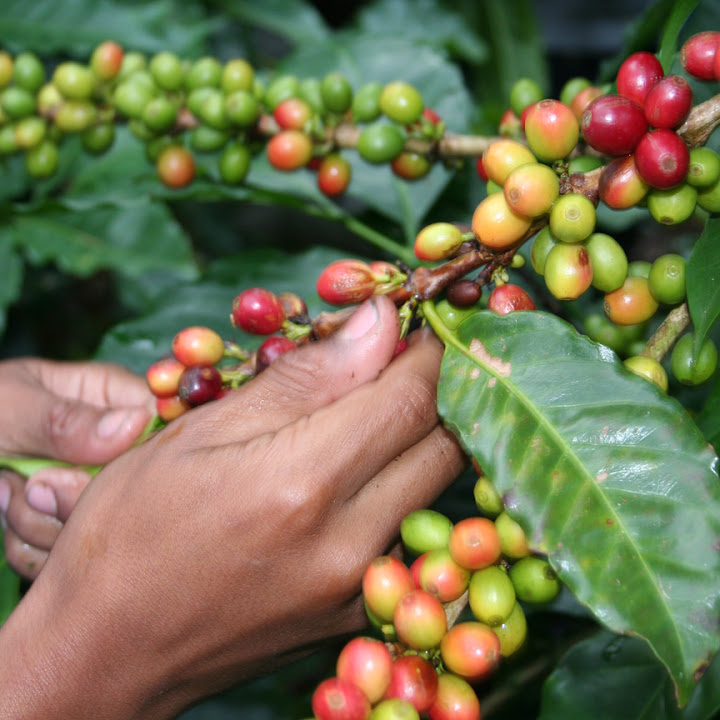
After a hard day of picking…

Finally the reception – every afternoon of picking all the workers gather for the cherry reception – this is where the work for the day will be logged and the start of the processing for the cherry. Normally workers get paid by volume but many farms bonus on quality – too many damaged/under-ripe beans in the pick is bad for everyone
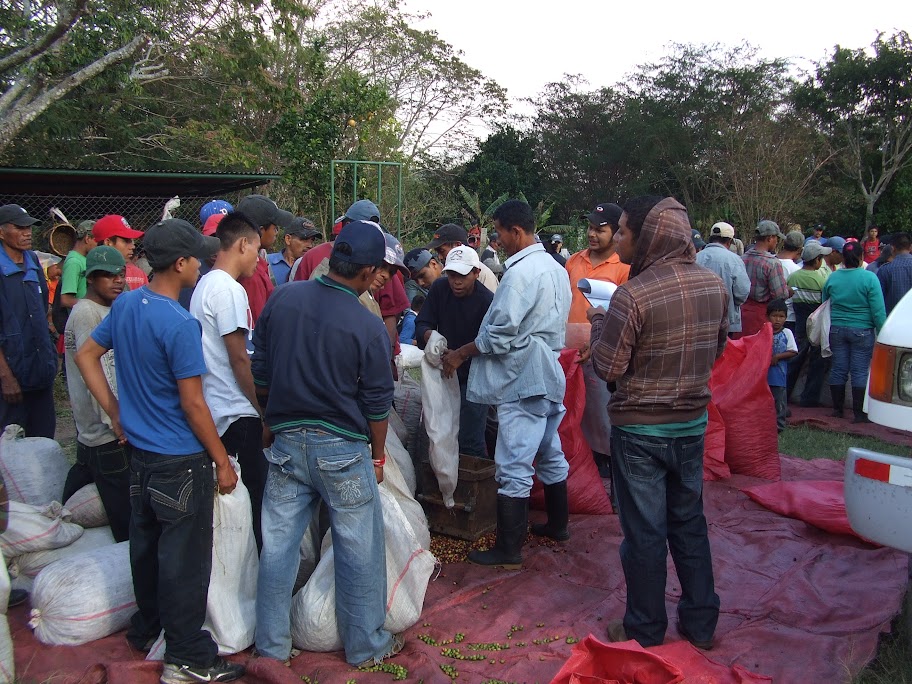
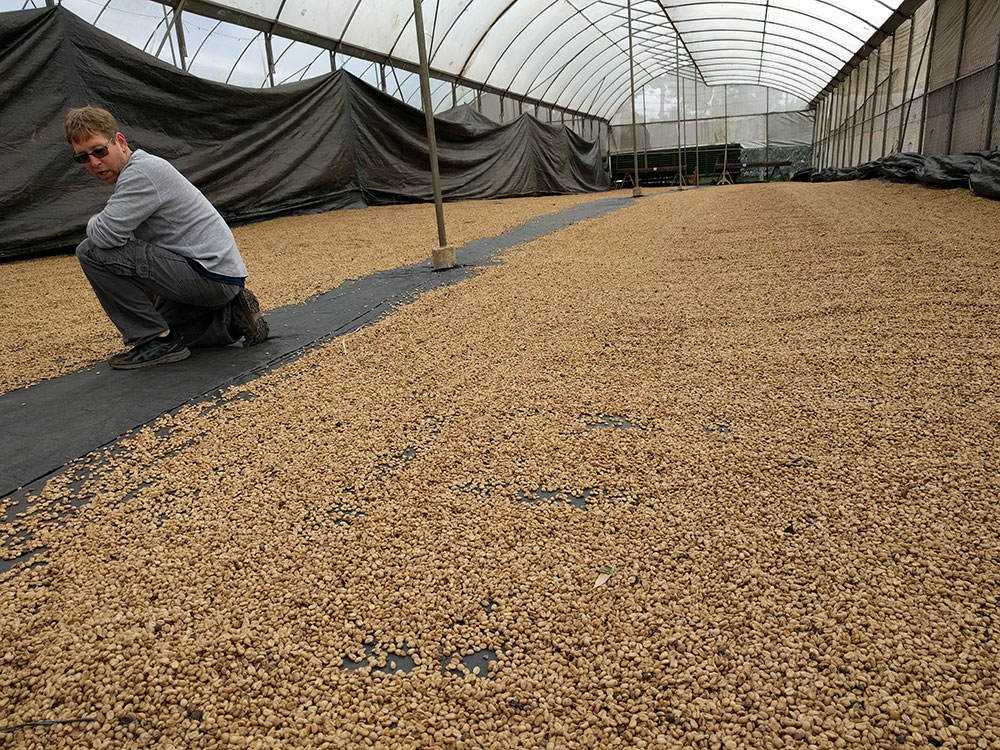
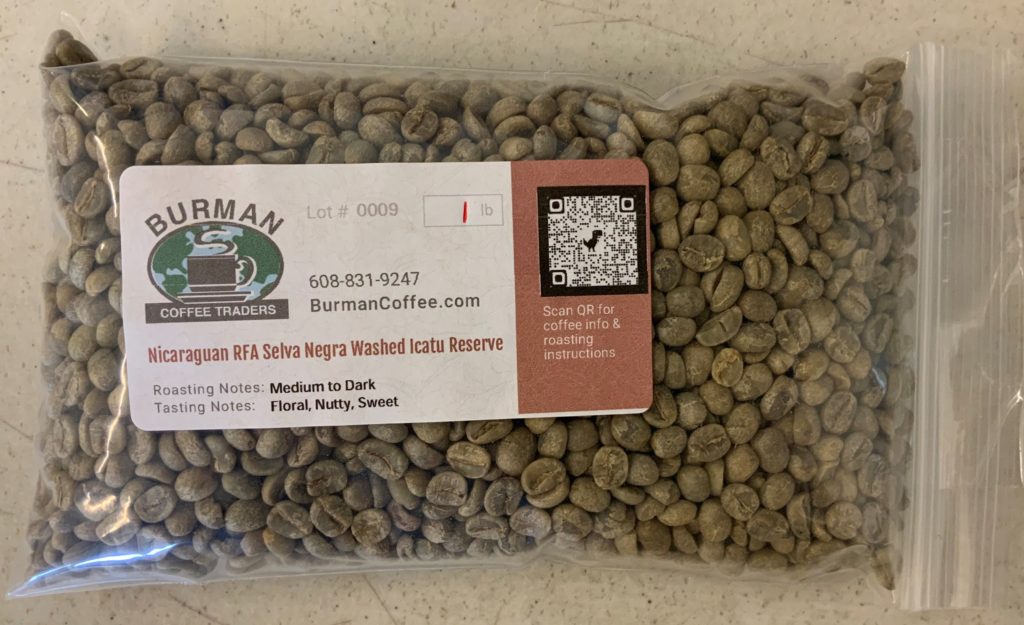
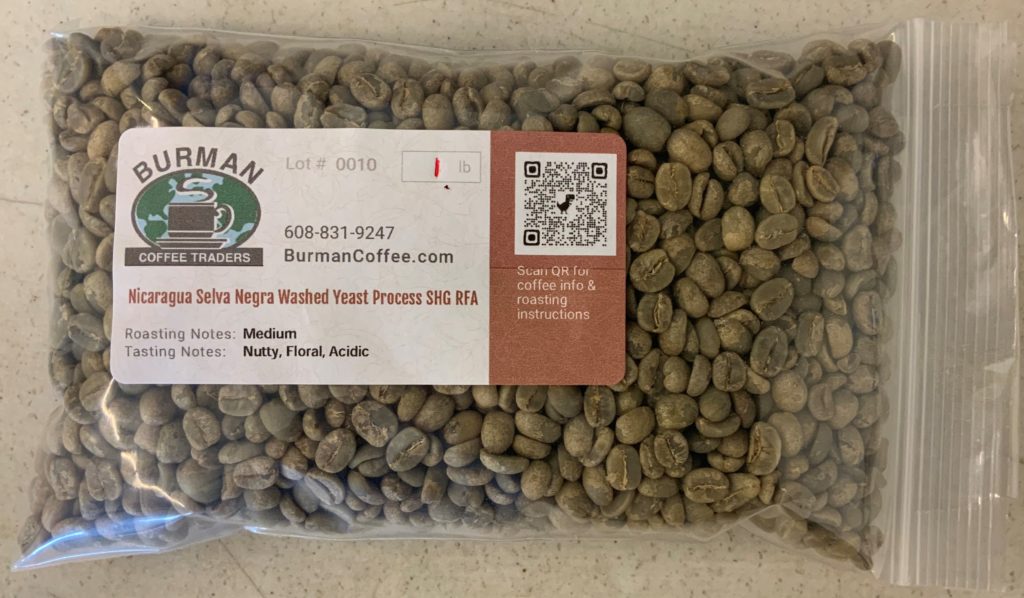
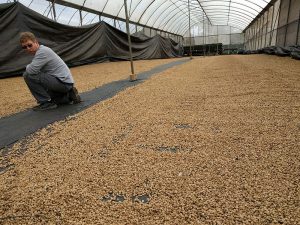
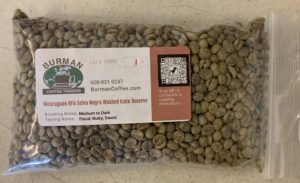
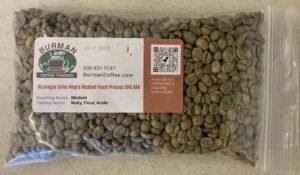
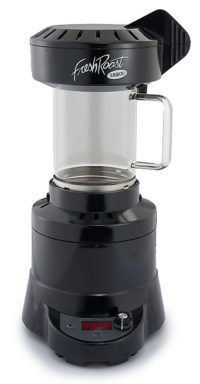
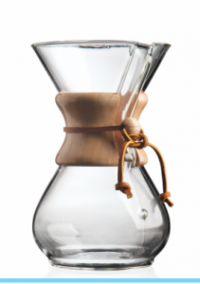



Reviews
There are no reviews yet.